Integrated Marketing is a strategy that combines various promotional tools like advertising, public relations, direct marketing, and digital media to work together towards a common goal. The key is to maintain consistency and harmony across all communication channels, ensuring that the brand delivers a clear and seamless experience to consumers. By aligning these different elements, Integrated Marketing makes each part more effective, ensuring the brand message is compelling and consistent no matter where it appears—be it a TV commercial, social media post, email, or press release. This unified approach not only boosts brand recognition but also builds consumer trust and loyalty by reinforcing the brand’s values and messages at every touchpoint. Integrated Marketing optimises resources by making sure all efforts support each other, leading to better results and a stronger market presence. Instead of fragmented marketing tactics, it ensures all elements work together to amplify the brand’s voice, driving towards a common goal and enhancing overall marketing effectiveness.
I. Definition of Traditional Marketing
Traditional Marketing, on the other hand, refers to conventional promotional methods that have been prevalent for decades. This includes print advertisements, television commercials, radio spots, and billboards. Traditional marketing primarily focuses on reaching a broad audience through mass media channels.
Importance of understanding the differences
It is imperative for businesses to grasp the disparities between Integrated Marketing and Traditional Marketing due to the evolving consumer landscape. Traditional Marketing predominantly encompasses Above-The-Line (ATL) advertising, targeting a wide audience without direct interaction. In contrast, Integrated Marketing encompasses both ATL and Below-The-Line (BTL) advertising. BTL strategies involve direct engagement with consumers through events, sponsorships, and experiential marketing. Understanding these differences enables businesses to tailor their marketing efforts effectively, maximising reach and engagement across diverse consumer segments.
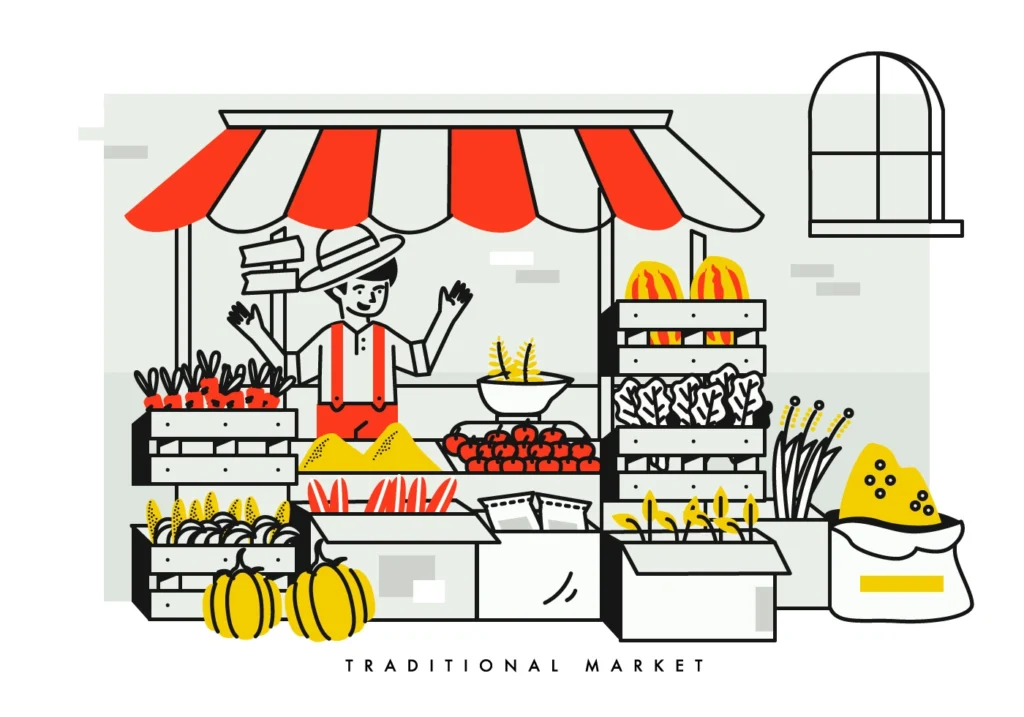
II. Understanding Traditional Marketing
A. Definition and Characteristics
Traditional marketing refers to conventional methods of promoting products or services that have been used for decades. It involves strategies like print advertisements, television commercials, and radio spots to reach a target audience.
B. Examples: Traditional Marketing Channels
Print Advertising (Newspapers): In traditional marketing, newspapers have been a staple for advertising various products and services. From classifieds to display ads, newspapers provide a platform to reach a broad audience.
Television Commercials: Television commercials are another classic example of traditional marketing. They allow brands to showcase their products or services during commercial breaks, targeting viewers based on program demographics.
Radio Advertisements: Radio spots are effective in traditional marketing, especially for local businesses. They offer a cost-effective way to reach a specific audience segment through targeted time slots.
II. Pros and Cons
A. Pros:
Wide Reach: Traditional marketing channels often have a broad reach, allowing brands to target a large audience.
Tangible Presence: Physical ads in newspapers or commercials on TV create a tangible presence for the brand.
Established Credibility: Traditional marketing methods have a long-standing history, which can contribute to the credibility of the brand.
B. Cons:
Limited Interaction: Traditional marketing lacks direct interaction with the audience, making it challenging to gauge immediate responses.
C. Effectiveness in the Digital Age
While traditional marketing still holds relevance, its effectiveness in the digital age has diminished compared to integrated marketing strategies. With the rise of digital platforms and changing consumer behaviours, brands need to adapt and integrate digital channels into their marketing mix to stay competitive. Integrated marketing, which combines traditional and digital methods, offers a more comprehensive approach to reaching and engaging with modern consumers.
III. Exploring Integrated Marketing
A. Definition and Components
Integrated Marketing is a strategic approach that unifies various marketing channels to deliver a consistent message and experience to consumers. It merges traditional marketing methods with digital platforms, ensuring seamless communication across multiple touchpoints. Components of integrated marketing include advertising, public relations, direct marketing, social media, content marketing, and more, all working together cohesively.
B. Pros and Cons
Pros:
Consistency: Integrated marketing ensures a consistent brand message across all channels, enhancing brand recognition and recall.
Increased Reach: By leveraging multiple channels, integrated marketing extends the reach to a wider audience, capturing consumers at different stages of the buying journey.
Enhanced Engagement: With a cohesive strategy, brands can engage consumers more effectively, fostering loyalty and trust.
Data-driven Insights: Integrated marketing allows for better tracking and analysis of consumer behaviour across various platforms, enabling data-driven decision-making.
Cons:
Complexity: Implementing integrated marketing requires coordination and alignment across different departments and channels, which can be complex and challenging.
Adaptability: Integrated marketing strategies need to be constantly monitored and adjusted to stay relevant in a rapidly evolving digital landscape.
C. Digital Display Innovations from HT, Digital Roadblocks, L-Bands, Aston Bands on Video
Innovations in digital display technologies have revolutionised integrated marketing efforts, offering new avenues for brands to engage with consumers. HT (Holographic Technology), Digital Roadblocks, L-Bands, and Aston Bands on Video are among the cutting-edge techniques employed by marketers to capture audience attention and deliver impactful messages.
HT (Holographic Technology): Utilising holographic displays, brands can create immersive and interactive experiences, leaving a lasting impression on viewers.
Digital Roadblocks: By dominating ad space across multiple digital platforms simultaneously, digital roadblocks ensure maximum exposure and impact.
L-Bands: These innovative ad formats integrate seamlessly into video content, offering non-intrusive advertising solutions that enhance viewer engagement.
Aston Bands on Video: Aston bands incorporate dynamic graphics and animations directly into video content, enhancing brand visibility and memorability.
IV. How Integrated Marketing Includes Digital and Traditional Marketing
A. Integrated Marketing – How Digital and Traditional and On-Ground Marketing Meet
Integrated Marketing brings together the strengths of both digital and traditional marketing approaches, merging them seamlessly to create a cohesive brand experience. This synergy ensures that marketing efforts resonate with consumers across various channels, whether it’s online platforms, traditional media, or on-ground activations.
B. Audience Engagement Across HT Media Channels
Audience engagement becomes crucial. HT Media channels encompass a diverse range, including radio, newspapers, digital platforms, social media, and on-ground events. Through Integrated Marketing strategies, brands can leverage these channels to connect with their audience on multiple levels, fostering deeper engagement and brand loyalty.
C. Measurement and Analytics: The Ambience Group Case Study
A prime example illustrating the effectiveness of Integrated Marketing is the Ambience Group case study. By integrating digital, traditional, and on-ground marketing tactics, Ambience Group achieved remarkable results. Through comprehensive measurement and analytics, they were able to track the impact of their integrated campaign, gaining insights into consumer behaviour and optimising their marketing efforts accordingly. Read More About Ambience Group Case Study
D. The Integrated Campaign for Hero: A Case Study
Another compelling case study demonstrating the power of Integrated Marketing is the campaign for Hero. Through a strategic blend of digital, traditional, and on-ground initiatives, Hero successfully launched its ‘WeCare Road Safety Campaign.’ This integrated approach allowed Hero to effectively reach its target audience, driving engagement and raising awareness about road safety. Read more about Hero WeCare Road Safety Campaign
Integrated Marketing vs. Traditional Marketing: Understanding the Differences The Future of Marketing: Trends and Predictions
V. Rise of Digital Integration
Integrated marketing is increasingly incorporating digital strategies to enhance reach and engagement. Unlike traditional marketing, which relies on conventional media like print and broadcast, digital integration leverages online platforms, social media, and data analytics to create more personalised and impactful campaigns. This approach ensures that marketing messages are consistent and cohesive across all channels, maximising their effectiveness and resonance with the target audience.
VI. Emergence of New Platforms and Channels
The landscape of marketing is rapidly evolving with the emergence of new platforms and channels. Bespoke IPs like “Friday Finance” and “Neighbour’s Kitchen” exemplify how brands are now focusing on creating branded content tailored to specific audiences. These initiatives not only enhance brand visibility but also build stronger connections with consumers by providing valuable, relevant content. Unlike traditional marketing, which often involves generic advertising, these new platforms allow for more interactive and engaging experiences, fostering deeper consumer relationships.
VII. Impact on Consumer Behaviour
The shift towards integrated marketing significantly impacts consumer behaviour. With access to a plethora of digital channels and personalised content, consumers today are more informed and selective. Integrated marketing’s data-driven approach helps brands understand consumer preferences and behaviours better, enabling them to tailor their messages more effectively. This contrasts with traditional marketing’s one-size-fits-all strategy, which often fails to engage the modern consumer. As a result, integrated marketing not only drives higher engagement but also cultivates brand loyalty and advocacy in a way that traditional methods struggle to achieve.
FAQs on Integrated Marketing vs. Traditional Marketing
What is Integrated Marketing?
Integrated Marketing is a strategic approach that combines various promotional elements, such as advertising, public relations, direct marketing, and digital media, to work harmoniously towards a unified goal. It emphasises consistency and synergy across all communication channels to deliver a seamless brand experience to consumers.
How does Traditional Marketing differ from Integrated Marketing?
Traditional Marketing refers to conventional promotional methods such as print advertisements, television commercials, radio spots, and billboards. It primarily focuses on reaching a broad audience through mass media channels. In contrast, Integrated Marketing merges traditional methods with digital platforms, ensuring consistent communication across multiple touchpoints and direct engagement with consumers.
Why is understanding the differences between Integrated and Traditional Marketing important?
Understanding these differences helps businesses tailor their marketing efforts effectively, maximising reach and engagement across diverse consumer segments. It allows for the strategic use of both above-the-line (ATL) and below-the-line (BTL) advertising, combining broad audience targeting with direct consumer interaction.
What are the pros and cons of Integrated Marketing?
The pros of Integrated Marketing include a consistent brand message across all channels, increased reach, enhanced consumer engagement, and data-driven insights. The cons are the complexity in coordination and alignment, resource-intensive nature, measurement challenges, and the need for constant adaptability.
What is the future of marketing trends and predictions?
The future of marketing includes the rise of digital integration, increasingly incorporating digital strategies to enhance reach and engagement; the emergence of new platforms and channels, creating branded content tailored to specific audiences; and the impact on consumer behaviour, where data-driven approaches help brands tailor their messages more effectively, driving higher engagement and brand loyalty.
Ready to take your brand to the next level? Connect with us today to explore how HT Media can amplify your presence across our diverse portfolio of 25+ brands and properties. Let's turn your brand vision into reality!
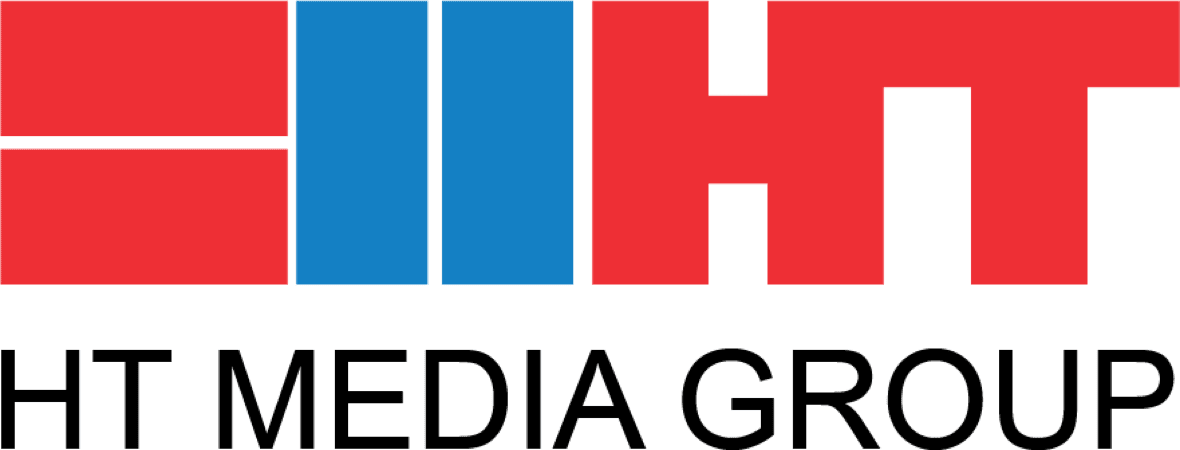
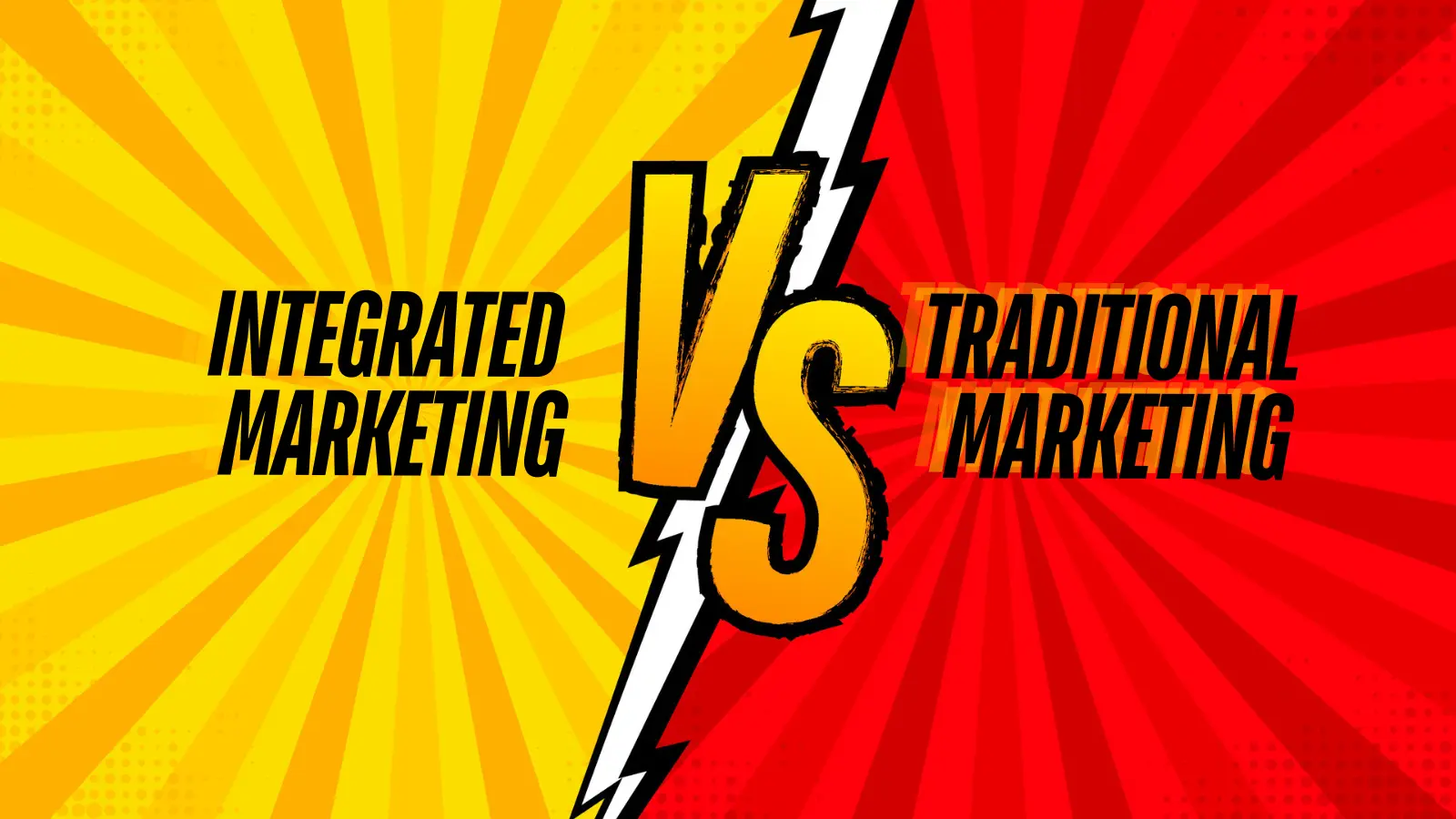

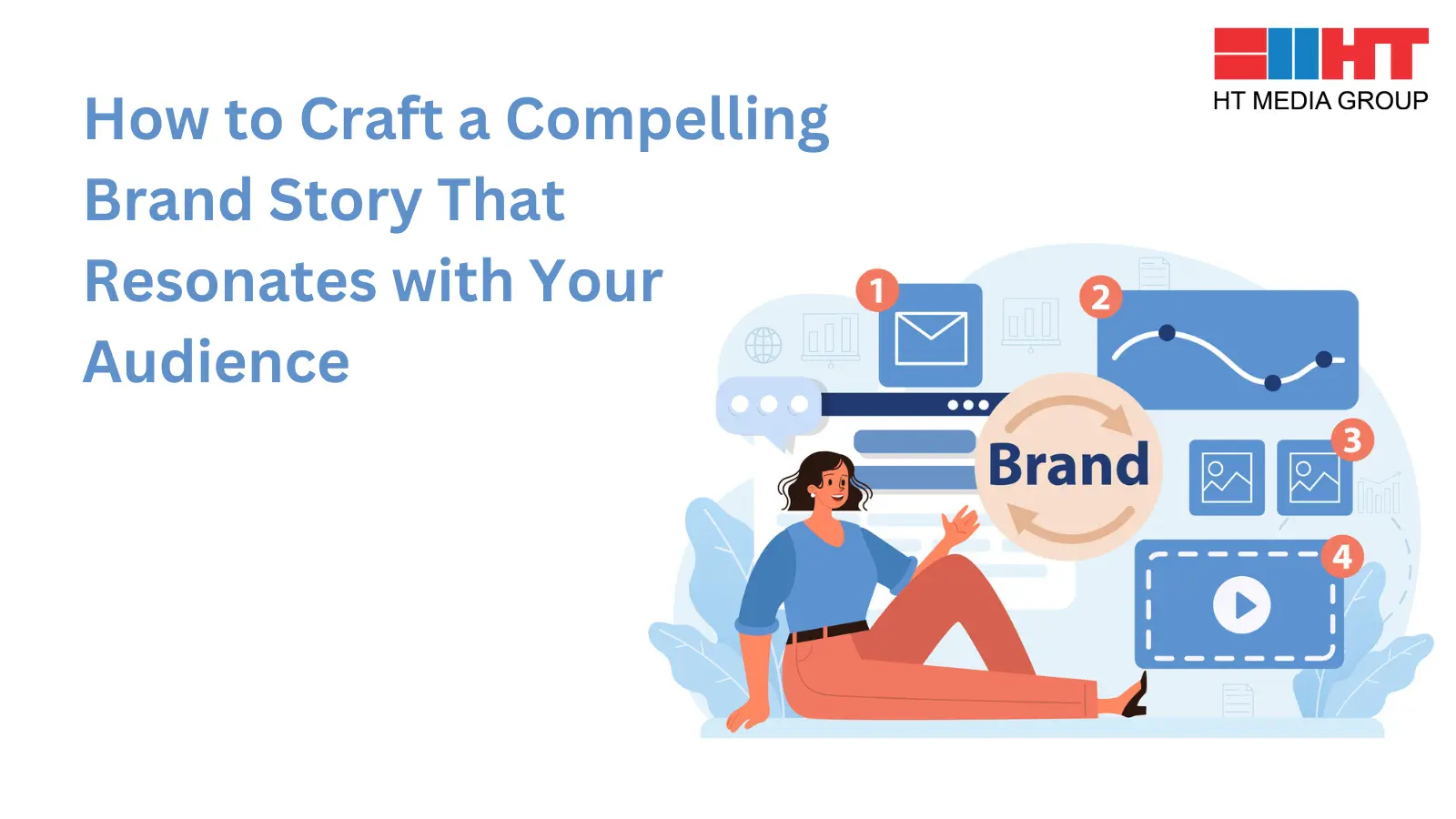
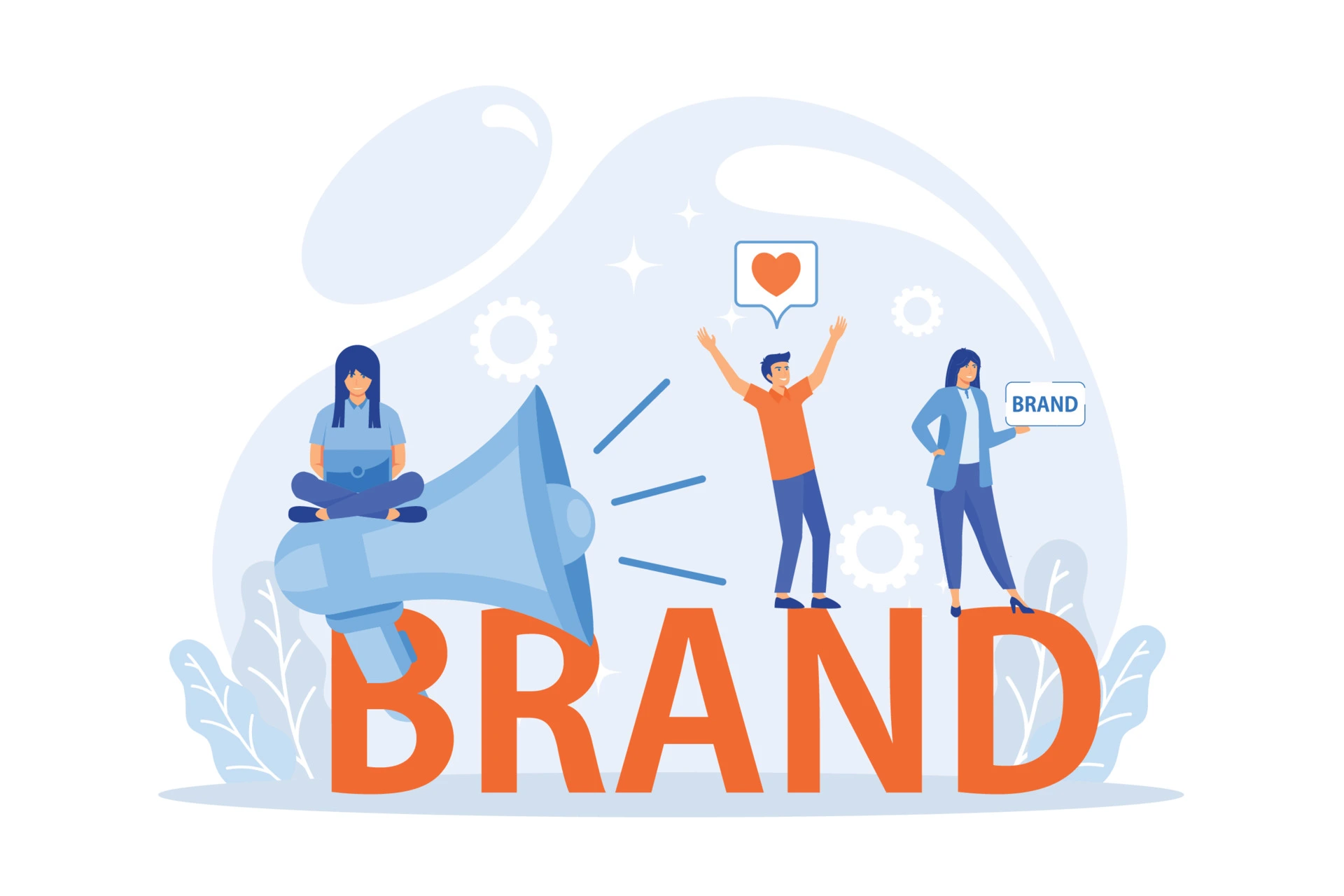
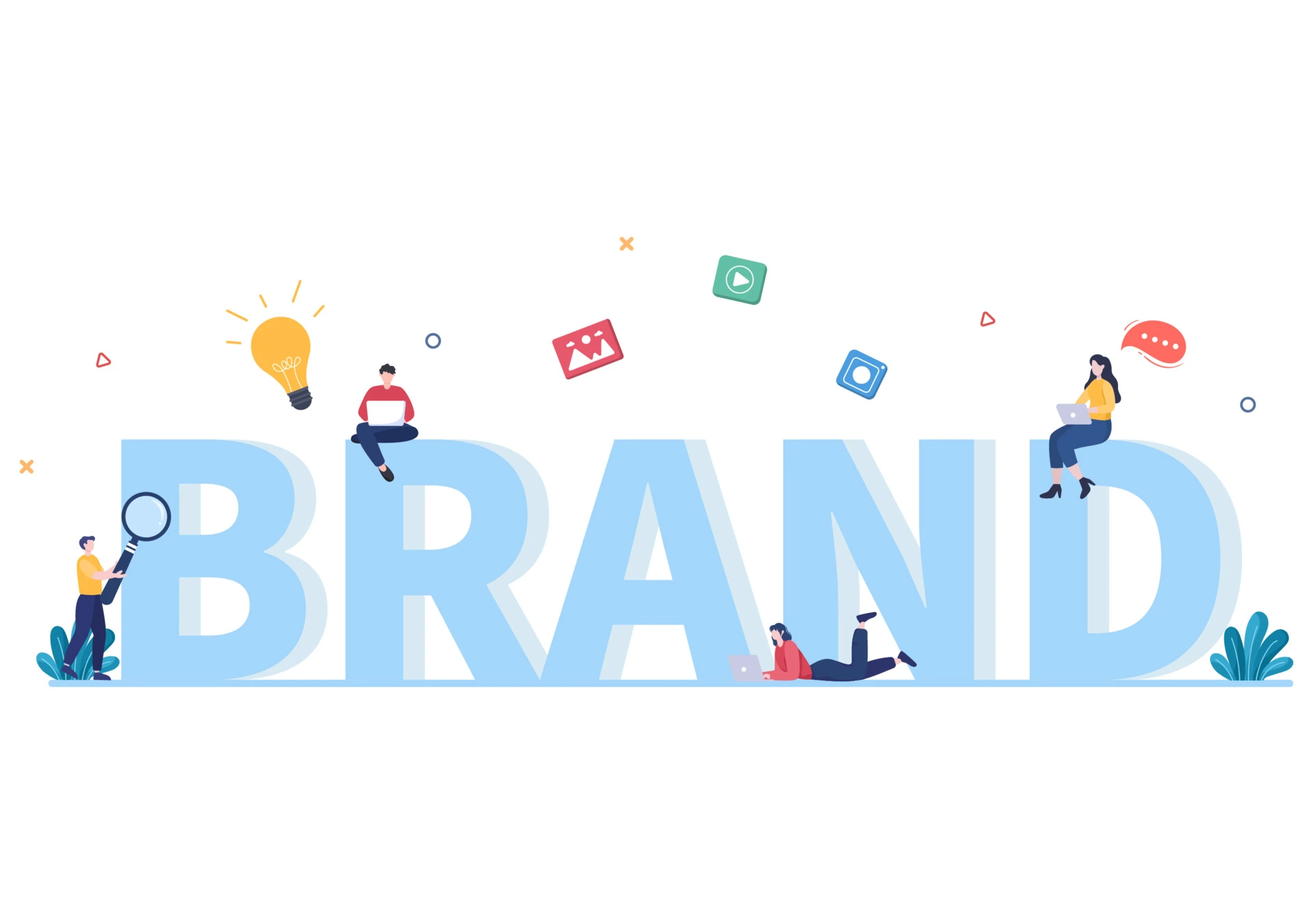

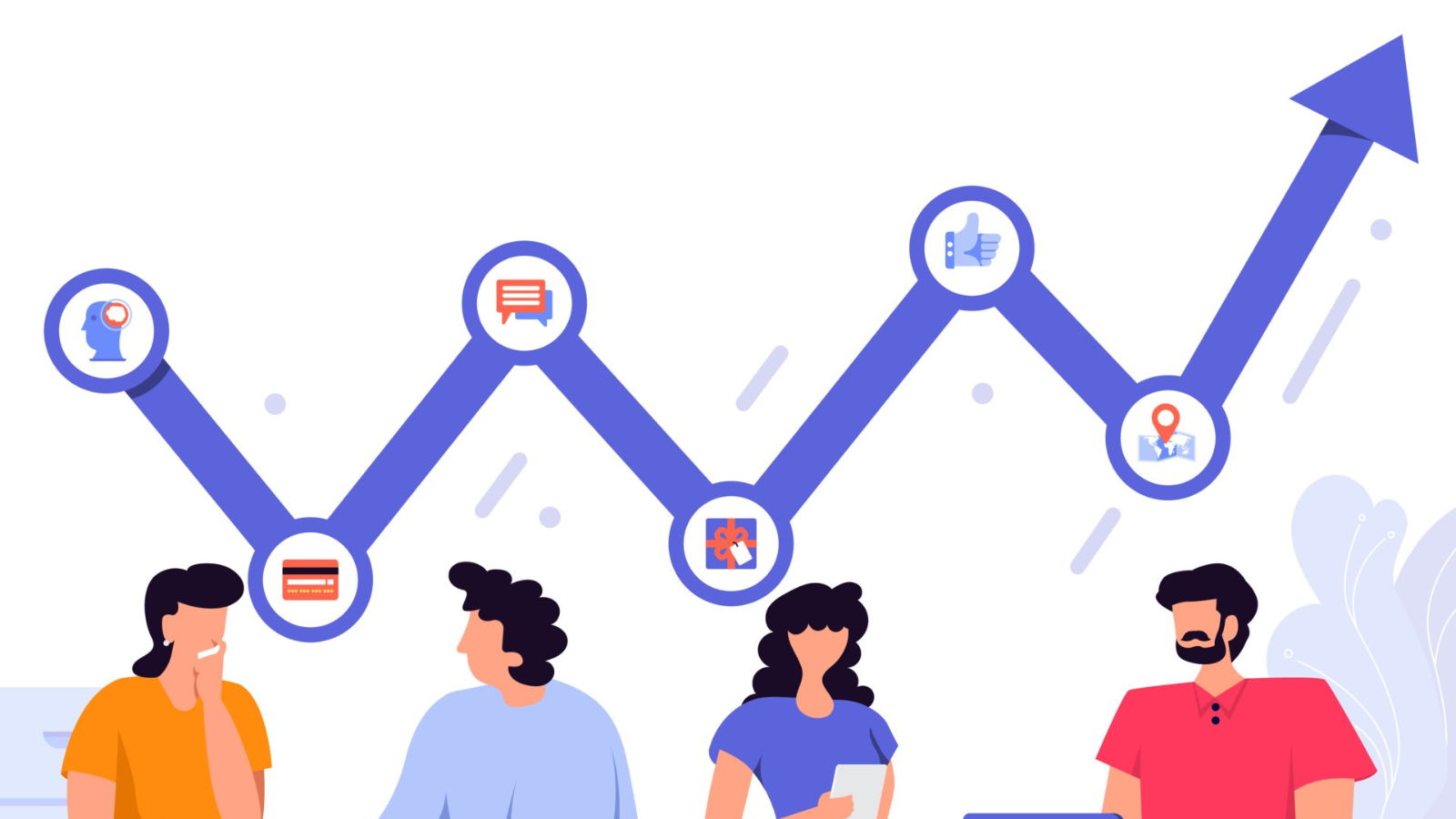

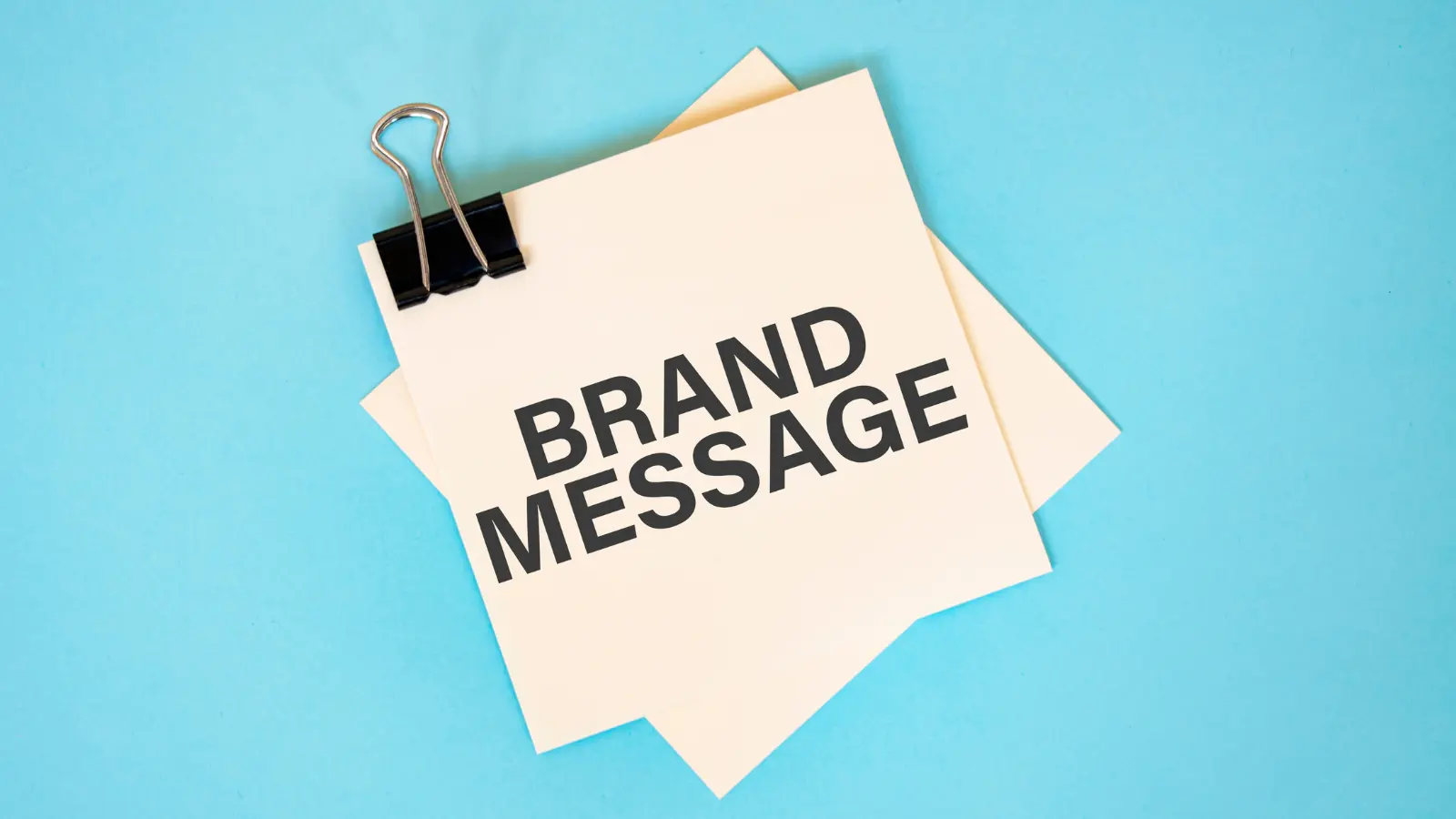
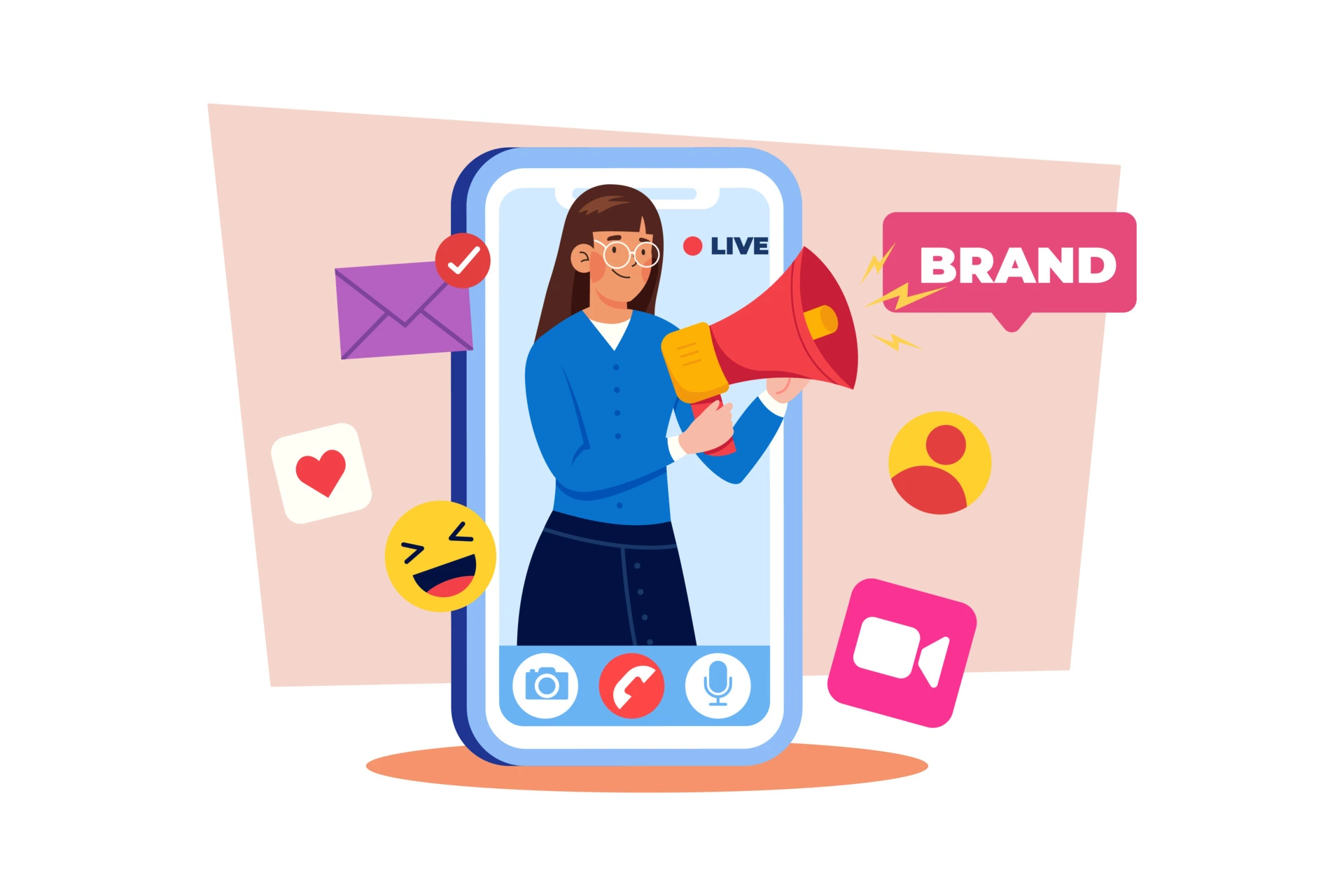

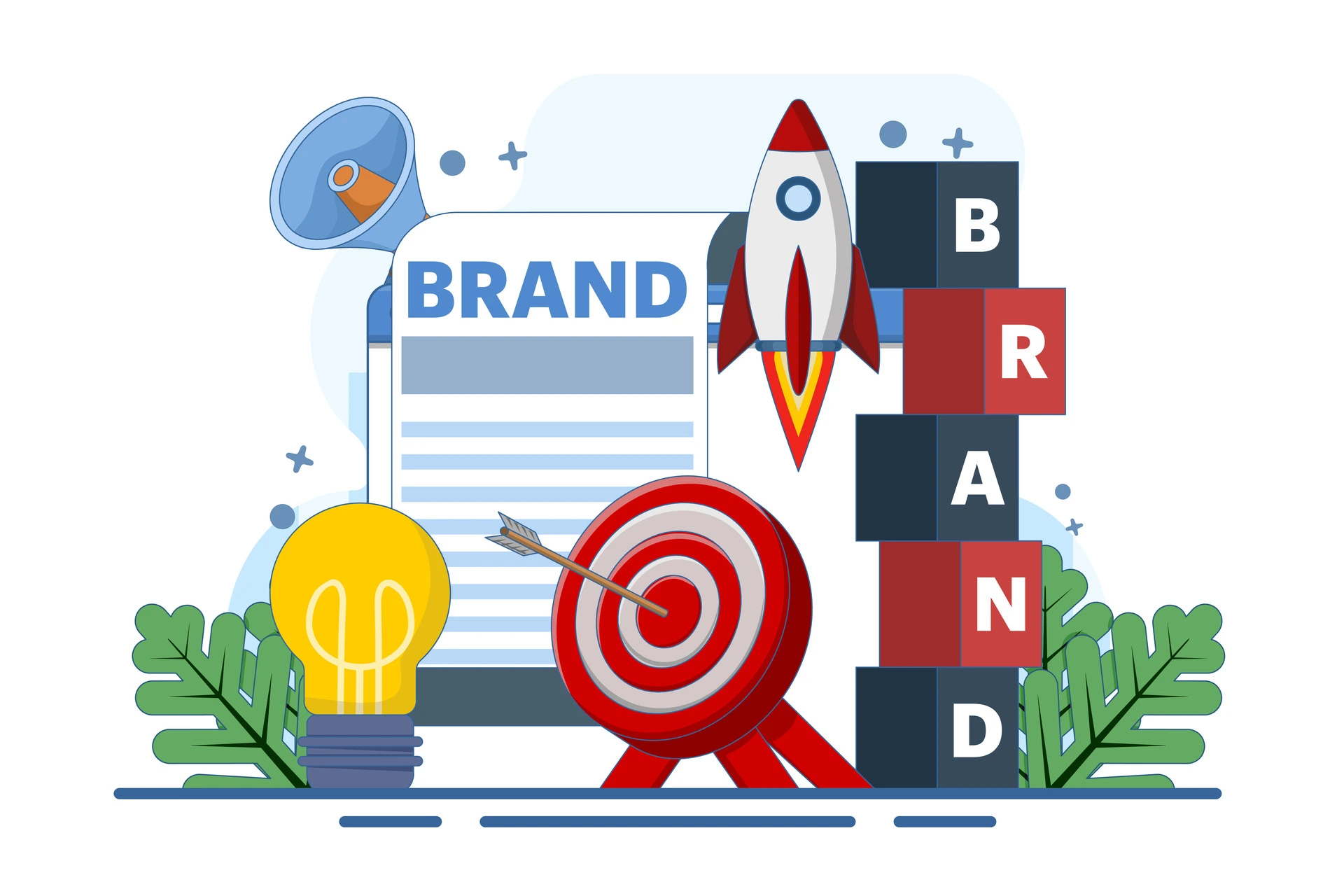



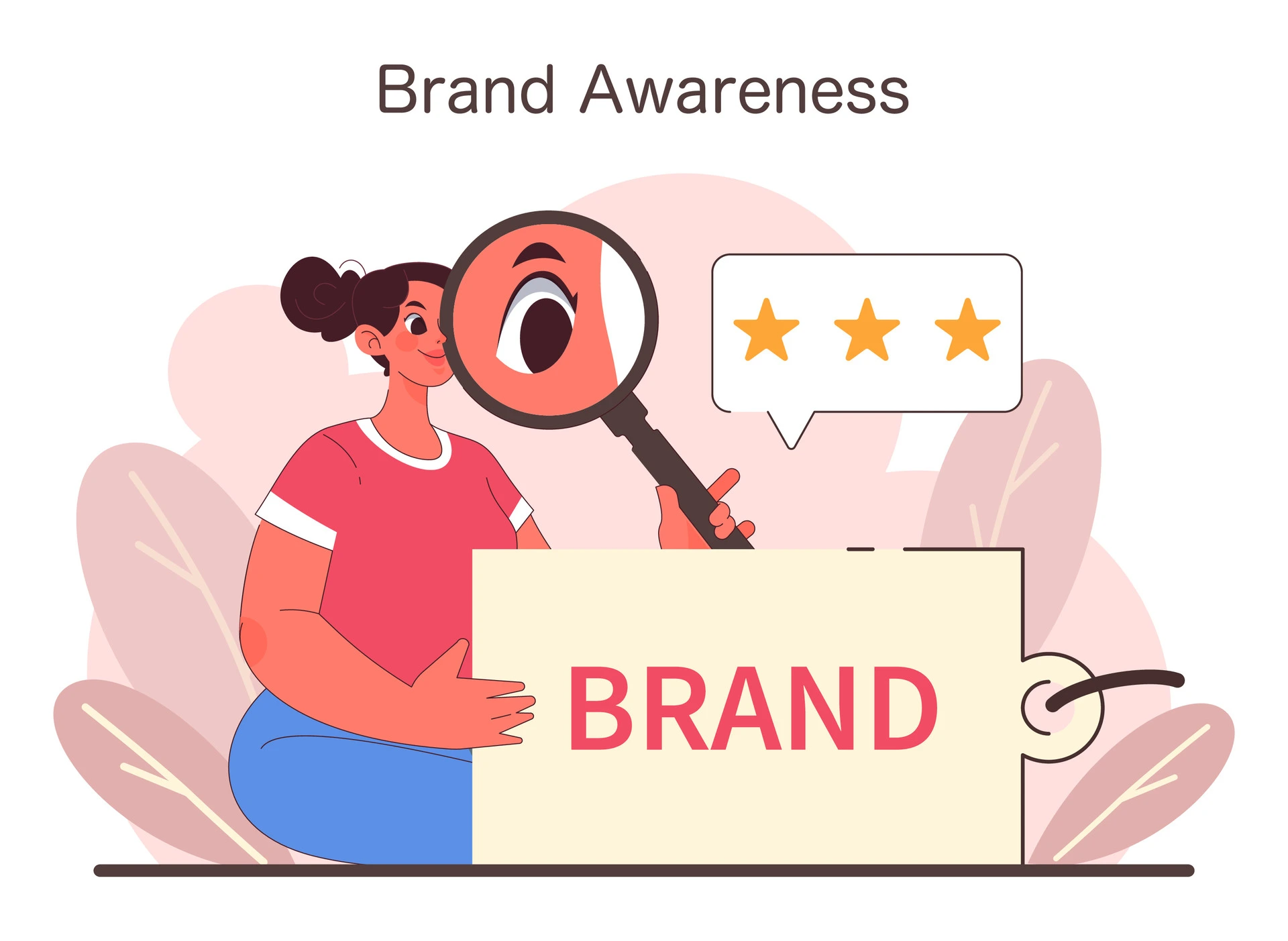

Comment